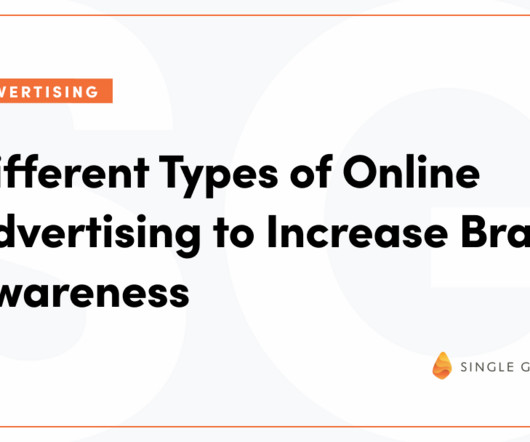The cookieless mobile world: how advertisers can stay competitive
illumin
MARCH 5, 2024
These cookies contain information such as unique user IDs, the site’s name, login details, language preferences, and more. There are two variations: first-party cookies and third-party cookies. They can be used for wider targeting, audience profiling , and cross-tracking of ads.











Let's personalize your content